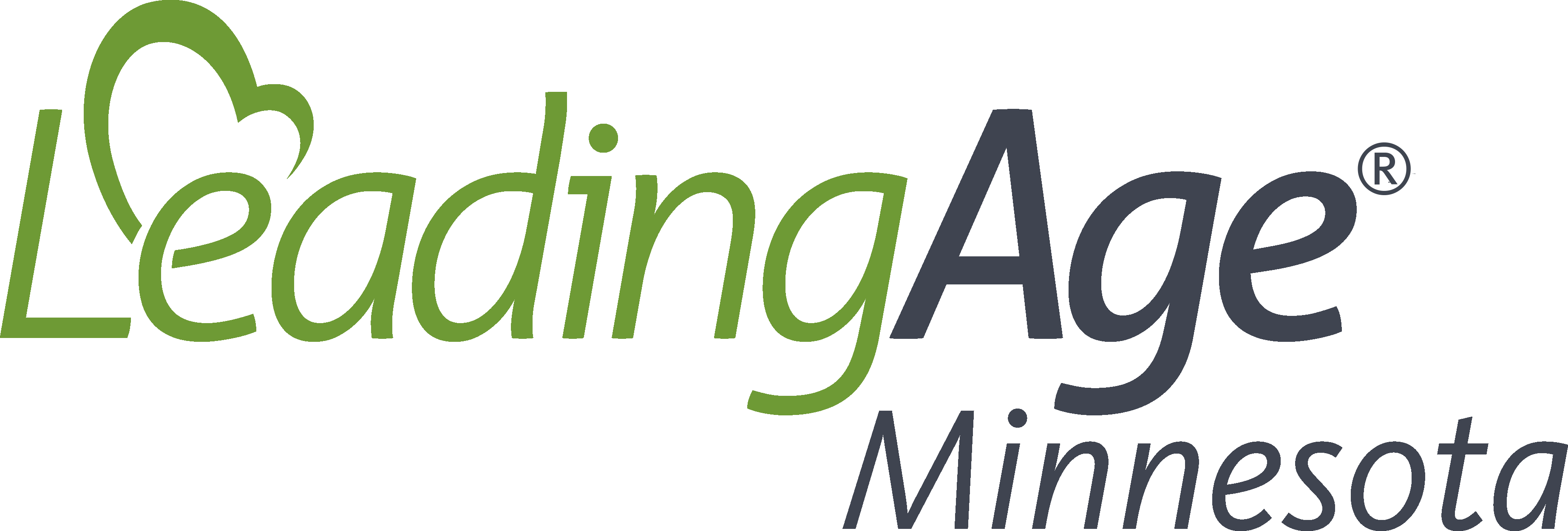Advance Care Planning For Gun Ownership
Posted on May 5, 2022 by Bobbie Guidry
In Minnesota, landlords cannot prohibit a tenant from having a legal firearm. This is, at times, a safety concern within assisted living and housing communities. Several tools have recently been developed that may be helpful in related discussions with residents or potential residents.
Colorado researchers published a tool to help gun owners and family members plan ahead for safe firearm use and transfers in the event of disability or death. The Firearm Life Plan kit has four parts that stress personal responsibility, safety, and the importance of being prepared:
- First, the kit lists warning signs (physical, cognitive, behavioral, and emotional) that might cause a gun owner to misuse a gun.
- Second, the guide features conversation prompts for family members and friends who might be concerned about an older gun owner and for older adults who recognize the value of planning.
- The third part is most practical and calls for people to create an inventory of their firearms, where they're stored, who should get the guns when the owner dies or is willing to relinquish them, and when transfers should occur.
- The final component of the guide is a “legacy” section that asks gun owners to share memories and stories about their firearms and what they’ve meant to them.
Another critical tool available for communities comes from the American Foundation for Suicide Prevention. Talk Saves Lives is a standardized 45-to-60-minute education program that provides participants with a clear understanding of suicide with up-to-date research and information on prevention. The effort has content dedicated explicitly to older adults, including risk factors, warning signs, and connecting individuals with support.
For some context to this critical issue:
- 42% of Americans 65 and older live in households with guns
- Up to 60% of people with dementia live in homes with firearms; and
- Among adults ages 50 and older, 84% of firearm-related deaths are suicides
- Older adults tend to plan suicide more carefully. They are also more likely to use more lethal methods.
- Among people who attempt suicide, one in four seniors will succeed, compared to 1 in 200 youths. Even if older adults fail a suicide attempt, they are less likely to recover from the effects.
- Men 65 and older face the highest overall rate of suicide.
Comments
Add a comment
Members must sign in to comment
You must be a member to comment on this article. If you are already a member, please log in. Not a member? Learn how to join »

No one has commented on this article yet. Please post a comment below.